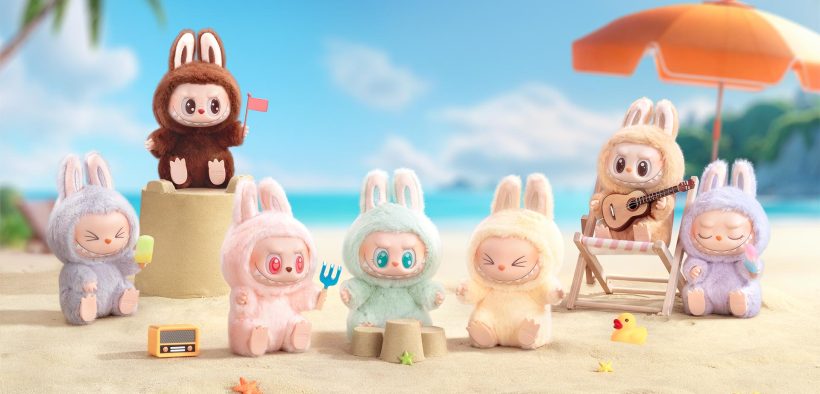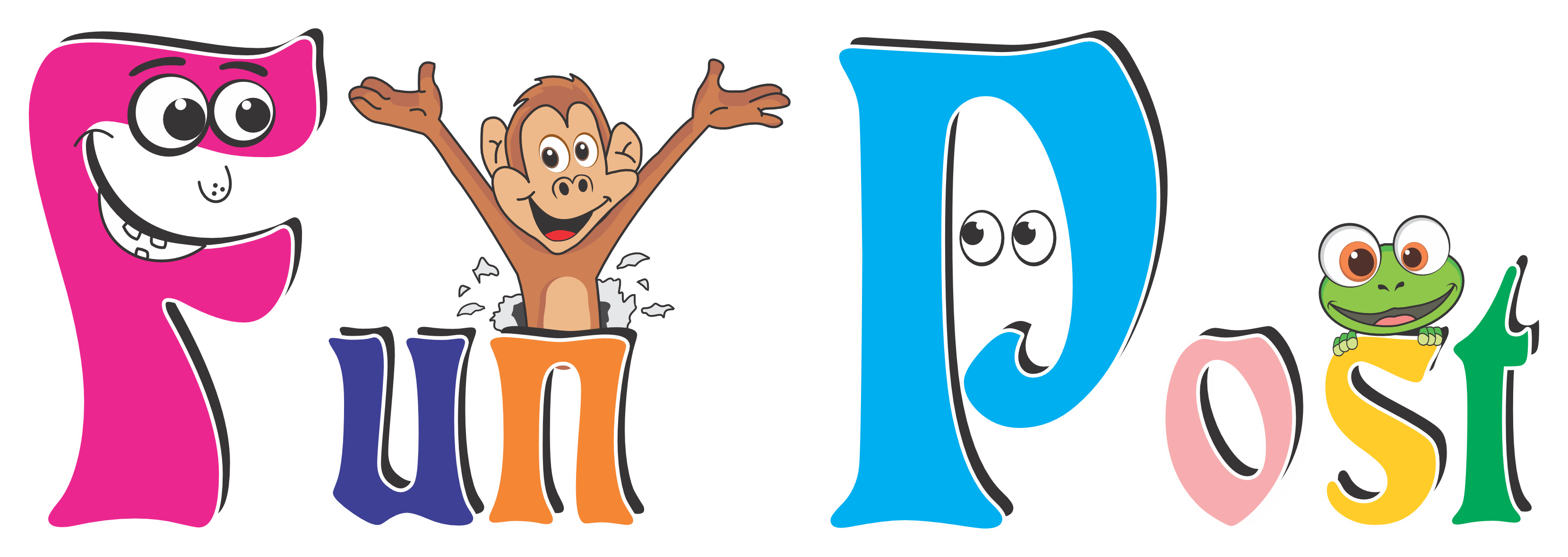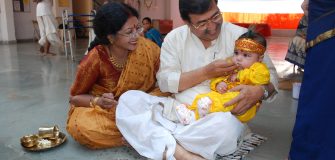Labubu Craze: The Mischievous Doll Taking Over the World

Labubu is more than just a cute plush toy—it’s a global phenomenon that highlights how character design, blind-box marketing, celebrity influence, and adult nostalgia can blend into a collectible craze. Here’s an in-depth look at its fascinating rise, history, design, and impact, all in around 500 words.

🌟 Origins and Design (Circa 2015–2019)
- Created by Hong Kong-born artist Kasing Lung (raised partly in the Netherlands), Labubu originated in 2015 as part of his illustrated story trilogy, The Monsters, inspired by Nordic mythology and fairy tales.
- Labubu’s design is distinct and memorable: a round, furry body, large eyes, pointy ears, and a mischievous grin with nine sharp teeth—a look that’s playful yet slightly fierce.
- The character is depicted as kind-hearted but clumsy—someone whose good intentions often lead to humorous
Collaboration with Pop Mart (From 2019)
- In 2019, Hong Kong’s Kasing Lung signed an exclusive licensing deal with Pop Mart, a Chinese designer-toy giant, bringing Labubu into the world of blind-box collectibles.
- Initially released as vinyl keychain charms—starting with the “Exciting Macaron” series in October 2023—Labubu soon expanded into full-sized plush, vinyl statues, and more.
- Over 300 variants emerged by 2025, spanning sizes from 3-inch figures to a rare 31-inch “mega” edition, retailing for as much as $960.
The Blind-Box Strategy 🔁
- Pop Mart packaged Labubu in blind boxes, each containing one figure from a set of typical designs, with rare “secret” variants (e.g., 1 in 144 chances). Collectors purchase multiple boxes to complete series.
- Optional sealed full-set boxes eliminate randomness—but not the rush of discovery.
- This format sparks repeat purchases, social media reveal videos, and a robust secondary market.
Celebrity Endorsements & Viral Surge
- The craze exploded in April 2024 when Lisa of Blackpink was spotted with a Labubu charm on her handbag. Soon after, other celebrities like Rihanna followed—cementing Labubu’s status as a chic accessory.
- Seen in major fashion capitals, Labubu adorned luxury bags at events like Wimbledon.
- In countries like Thailand and Australia, rushes to buy new releases (via Pop Mart “Roboshops”) have sparked long queues, sold-out launches, and even incidents of crowding and fighting.
Market Mania and Secondary Prices
- While basic figures retail for roughly $15–30, rare variants and oversized editions have fetched extraordinary prices:
- A 4‑ft Labubu sold in Beijing for $170,000
- A fan-reported ₹1.5 crore (~$180,000) auction bid in India.
- Pop Mart’s 2024 semi-annual report credited the Labubu “The Monsters” line with over ¥6.3 billion (~$870 million USD) in sales across the first half of the year.
Authenticity, Knock-Offs & Controversies
- The demand spawned counterfeit “Lafufu” toys—sold on street corners like NYC’s Canal Street for $10—the fakes lack the official nine-tooth design, QR-coded authenticity tags, and quality packaging.
- A panic even emerged on social media (including debunked claims linking Labubu to demonic figure Pazuzu), but experts dismissed such rumors as baseless.
- Regulatory concerns in places like China and the UK have arisen—citing addictive buying behaviors and public safety at release events.
Cultural Impact & Future Prospects
- Labubu embodies a blend of nostalgia and fashion aimed at adult collectors looking for playful reminders of childhood.
- It serves as a creative cultural export—showcasing how a Hong Kong-designed character, sold by a Chinese company, can become a global icon.
- Expanding Editions: Special collaborations (Coca‑Cola, Louvre exclusive), anime adaptations (planned for mid‑2025), and licensed regional editions (Thailand amulets, Singapore campaign mascots) continue to broaden its influence.
- That said, toy-market analysts caution Labubu may follow the pattern of past fads—like Beanie Babies or Pokémon cards—intense but potentially fleeting in speculative value.
In under a decade, Labubu transformed from an illustrated book character into a viral collectible icon that fuses art, commerce, celebrity, and fandom. Its story raises questions about modern consumer culture: how we find joy and identity in cute designs, the thrills of collecting scarcity, and the blurring lines between toys, art, and fashion.
Whether Labubu remains a lasting icon or becomes a nostalgic relic, its runaway success has already reshaped how we think about collectibles—showcasing the power of storytelling, surprises, and social proof in the new age of designer-pop culture.











